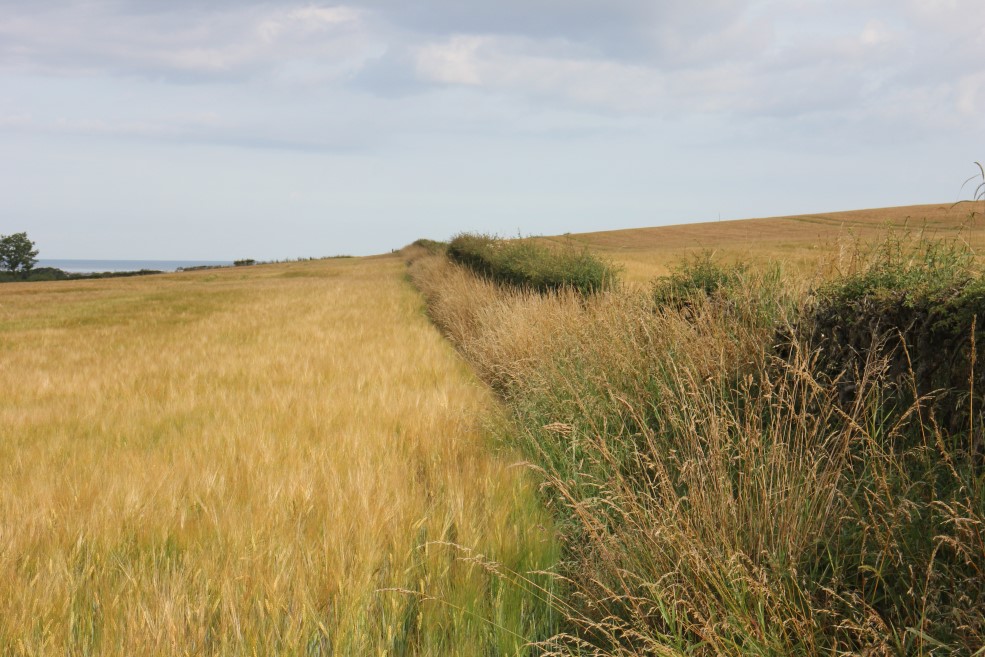How to increase natural predators on your farm
Environmentally-friendly farming practices can help provide habitat, food, and shelter for a range of natural predators. Natural enemies vary widely in the resources they require but some simple steps will help provide for a variety of species.
- Many predatory invertebrates seek refuge from agricultural practices in field margins, buffer strips, and adjacent semi-natural habitats. Wider field margins and buffer strips (i.e. over 5 m wide) are thought to provide particularly good refuge.
- Hedgerows, areas of rough vegetation and tussocky grasses (as present in grassy field margins, set-aside, and beetle banks) provide shelter and help to buffer temperature extremes. These habitats provide key overwintering habitat for a range of beneficial insects including pollinators.
- Some insect predators feed on pests in their larval stage but need pollen and nectar as adults. These include the marmalade hoverfly and parasitic wasps. Flower-rich field margins are important to ensure these species have the resources they need throughout their lifecycle.
- Adopt an Integrated Pest Management (IPM) approach creating habitat to support predatory invertebrates and reduce the risk of pesticide exposure through a more targeted application.
Sign up to the FAS newsletter
Receive updates on news, events and publications from Scotland’s Farm Advisory Service

